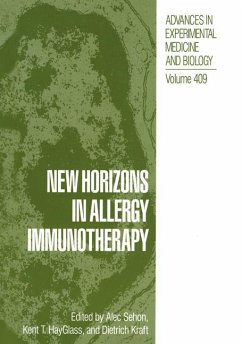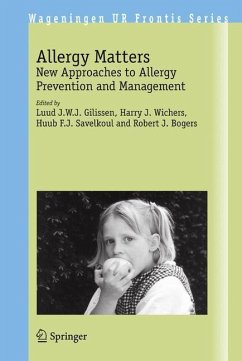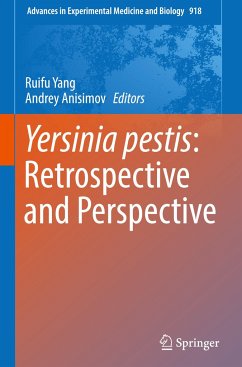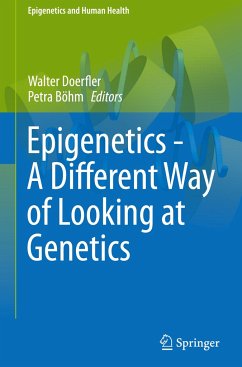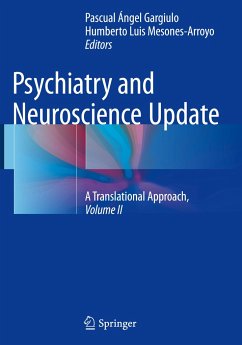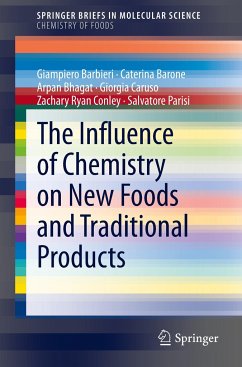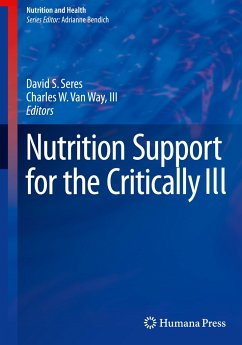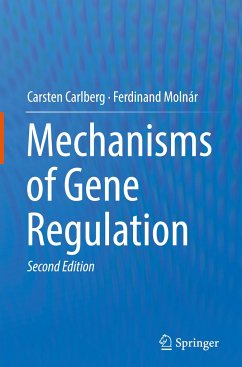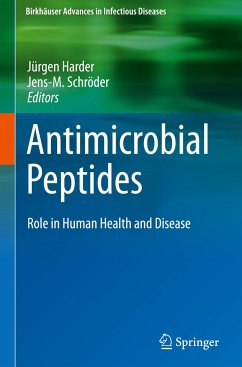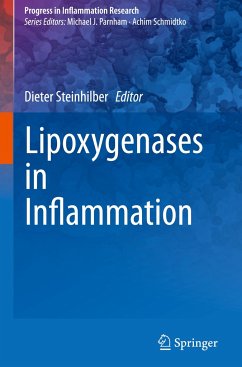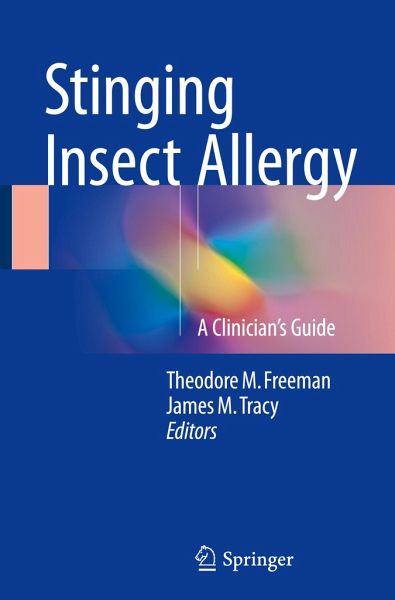
Stinging Insect Allergy
A Clinician's Guide
Herausgegeben: Freeman, Theodore M.; Tracy, James M.

PAYBACK Punkte
49 °P sammeln!
This comprehensive book thoroughly covers the field of stinging insect allergy; addressing all clinical aspects, including diagnosis and therapeutic recommendations. Stinging Insect Allergy: A Clinician's Guide begins with a look into the entomologic aspects of Hymenoptera insects (bees, vespids, wasps and ants), which cause nearly all the IgE mediated reactions due to insects. Further chapters single out and examine the unique aspects of common Hymenoptera species, such as bees and fire ants, in rich detail. Later chapters clinically review what is known about non-Hymenoptera biting insects, ...
This comprehensive book thoroughly covers the field of stinging insect allergy; addressing all clinical aspects, including diagnosis and therapeutic recommendations. Stinging Insect Allergy: A Clinician's Guide begins with a look into the entomologic aspects of Hymenoptera insects (bees, vespids, wasps and ants), which cause nearly all the IgE mediated reactions due to insects. Further chapters single out and examine the unique aspects of common Hymenoptera species, such as bees and fire ants, in rich detail. Later chapters clinically review what is known about non-Hymenoptera biting insects, such as mosquitoes.
In addition, multiple chapters address the overlap of Hymenoptera allergy as practiced in North America and Europe, as well as other sciences. Final chapters cover the impact ecology is having on insect allergy; and the impact insect allergy is having on other areas of medicine, such as mast cell disorders. Stinging Insect Allergy: A Clinician's Guide is an ideal resource for medical students, residents, allergists, and general practitioners alike, and also serves as an important reference text for any practitioner of allergy and immunology who desires a complete picture of Hymenoptera and non-Hymenoptera insect allergy.
In addition, multiple chapters address the overlap of Hymenoptera allergy as practiced in North America and Europe, as well as other sciences. Final chapters cover the impact ecology is having on insect allergy; and the impact insect allergy is having on other areas of medicine, such as mast cell disorders. Stinging Insect Allergy: A Clinician's Guide is an ideal resource for medical students, residents, allergists, and general practitioners alike, and also serves as an important reference text for any practitioner of allergy and immunology who desires a complete picture of Hymenoptera and non-Hymenoptera insect allergy.



